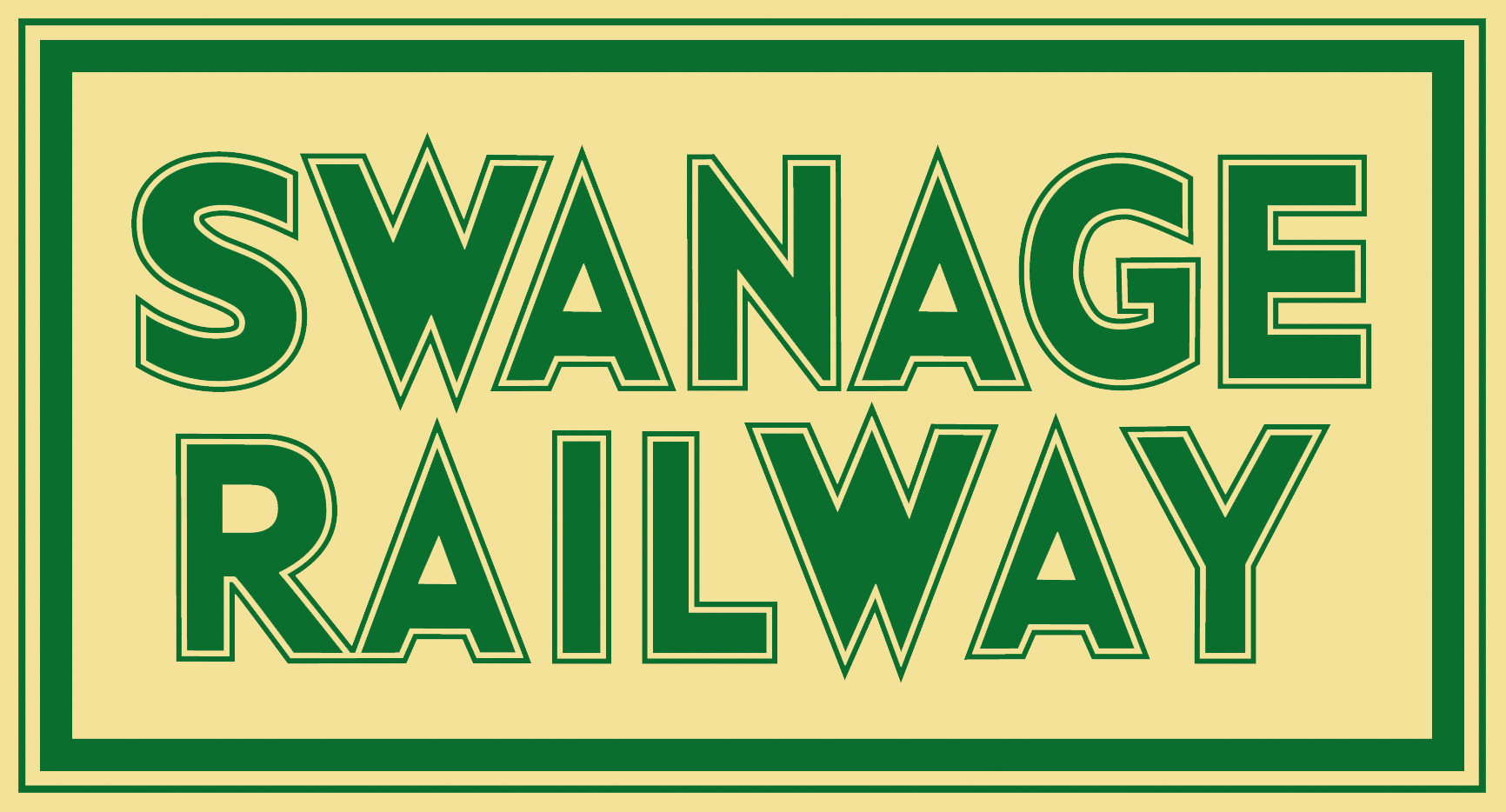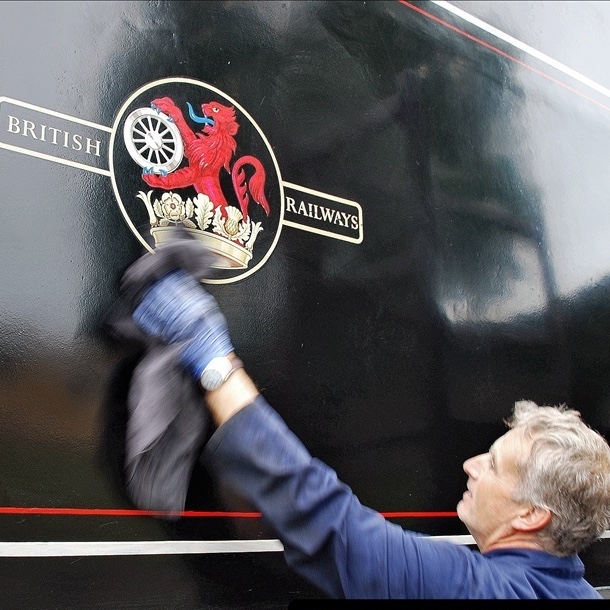Swanage Railway Footplate
One comment we often hear from our volunteers is that it’s a privilege to work with our fleet of steam locomotives and heritage railway equipment and nowhere is that more true than our footplate team who get to drive them on a daily basis.
Footplate
One comment we often hear from our volunteers is that it’s a privilege to work with our fleet of steam locomotives and heritage railway equipment and nowhere is that more true than our footplate team who get to drive them on a daily basis. There’s not doubt that this is one of the hardest and most physically demanding roles on the railway, often with early starts and late finishes but to see the grin on the faces of our volunteers as they step down off the footplate, it’s all worth it!
The department’s structure echoes that of British Rail and is split into 3 stages, with each level subject to regular assessments and processing through a fixed set of steps through a logbook and turn sheets.
Stage One: Cleaner
Starting at the bottom of the ladder, our team of cleaners can be found every day, hard at work cleaning our locos and keeping the engine shed as neat and tidy as they can, whilst at the same time learning how these complicated machines work.
As training progresses the cleaners will get training turns on the footplate as they learn the operational arts of firing and driving.
Stage Two: Fireman
As one half of the team needed to operate the loco, the fireman is in charge of making sure that the engine is ready to respond to whatever the driver needs it to do. By maintaining the fire, water and boiler pressure just right, the train can make it up the inclines of Purbeck to Corfe Castle and back again to Swanage.
A physically tough job, it’s vital that the fireman not only knows the line and the challenges it presents, but also knows how to keep the engine running at peak performance.
Stage Three: Driver
Making it to the driver’s seat in one of our steam locos is not easy – it takes our drivers many years of hard work, with a regular commitment to the railway, but they all tell me it’s worth it!
Built up over years of experience a driver has an encyclopaedic knowledge of the line and the workings of a steam loco and they are in charge of our service trains, works trains, dining trains and specials as well as the chance to take the controls of a visiting loco – if they’re very lucky this could even mean driving the Flying Scotsman!
Useful Information
All of the 3 grades are based at our engine shed in Swanage and turns, which generally start at 6:30AM (and can be long days) are rostered on a monthly basis. To keep competencies current, we ask that our footplate volunteers carry out a minimum of 15 turns a year. We estimate that based on an average of 2-3 turns a month, the progress from starting as a cleaner to passing out as a driver takes around 8-10 years.
Is this role for me? The work can be physically demanding and progression in this responsible job depends on a regular and substantial time commitment over several years

